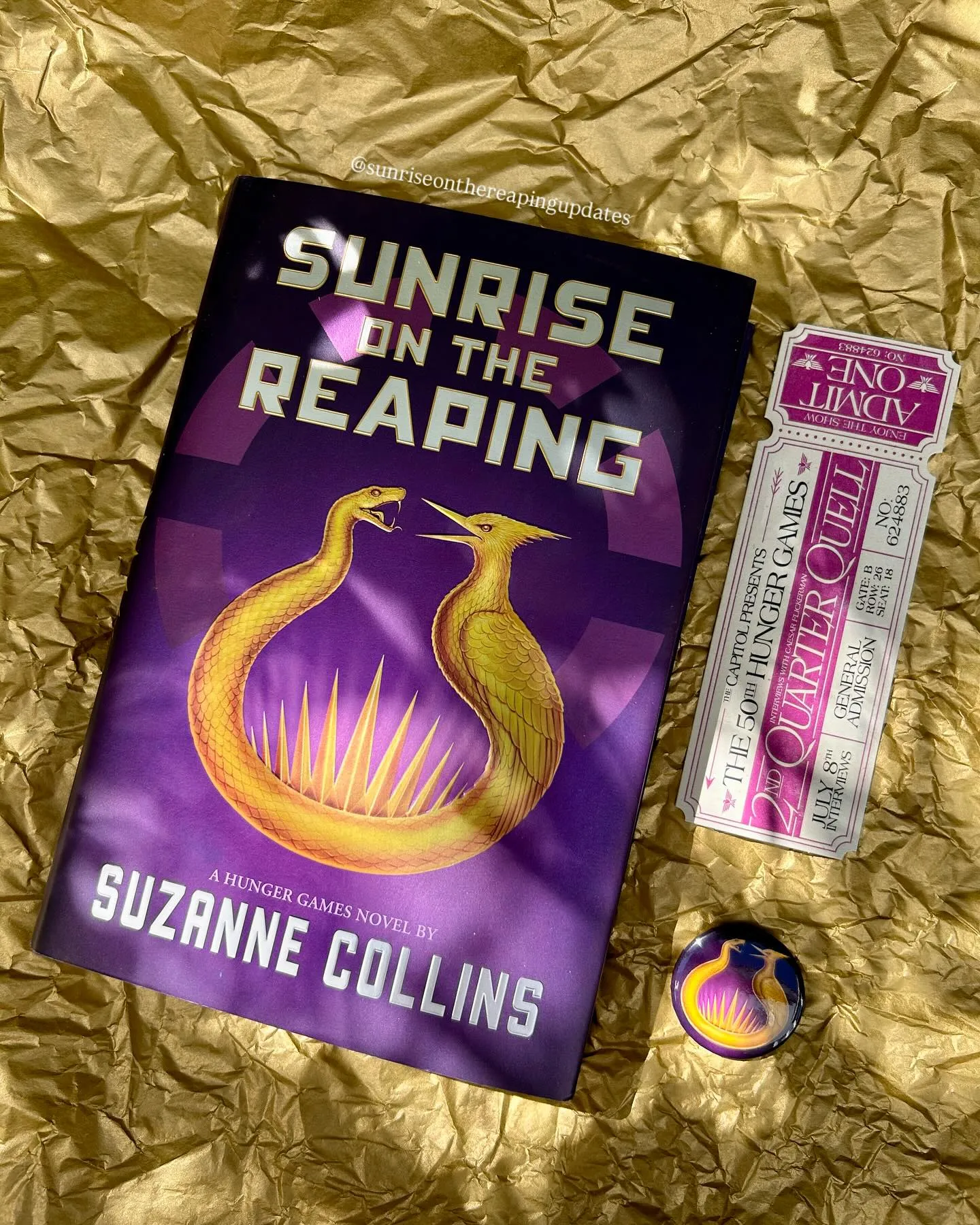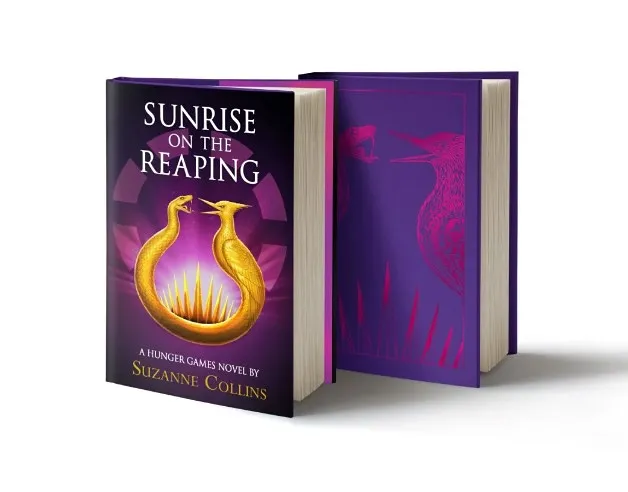In the shadowed corners of Panem, where hope is mined like coal and survival is a defiant art, Suzanne Collins invites us once more to witness the Hunger Games’ cruel spectacle. Sunrise on the Reaping isn’t just a prequel—it’s a requiem for the broken, a ballad for the brave, sung through the eyes of a young Haymitch Abernathy. With prose that cuts and soothes, Collins unearths the roots of rebellion, asking what it costs to hold fast to humanity when the world demands you become a monster.
What is Sunrise on the Reaping About?
Suzanne Collins weaves another thread into the intricate tapestry of The Hunger Games with Sunrise on the Reaping, a prequel set roughly twenty-five years before Katniss Everdeen’s rebellion sparked a revolution. This time, the spotlight falls on Haymitch Abernathy, the grizzled mentor we first met guiding Katniss through the arena’s terrors. Here, he’s a young man from the coal-dusted seams of District 12, brimming with heart and grit, yet unprepared for the crucible awaiting him.
“I’ll end with a thanks to Suzanne Collins, although she owes me some kind of compensation for this deeply emotional rollercoaster.”
The story unfolds during the 50th Hunger Games, a brutal spectacle where Panem’s Capitol doubles the stakes, plucking twice as many tributes to fight to the death in a sprawling, sinister arena. Haymitch, loyal to his family and smitten with his singer sweetheart, Lenore Dove, is thrust into this nightmare when fate brands him a tribute.
The Games are more than a blood-soaked pageant; they’re a stage where media manipulation and raw survival collide. Beneath the Capitol’s glittering cruelty, whispers of defiance stir—rebels within the system seek to unravel the Games’ chokehold, and Haymitch finds himself tangled in their dangerous hopes. Collins paints a world where every choice is a gamble, and survival might cost more than just blood.

My Review of Sunrise on the Reaping
Sunrise on the Reaping is a descent into Panem’s shadowed heart, both familiar and freshly wounding. Collins masterfully resurrects the series’ core—a dystopian myth reborn from the Minotaur’s labyrinth—where the powerless claw for agency against a machine that thrives on their despair. Yet this tale feels heavier, steeped in a melancholic lyricism that lingers like ash on the tongue. Haymitch’s District 12 is a stark canvas: rugged, wholesome, alive with small acts of love and defiance, yet dwarfed by the Capitol’s grotesque decadence. The contrast is visceral—a Capitol dandy flaunts grafted peacock feathers while District children starve, a satire as sharp as it is unsettling.
Haymitch himself is the novel’s pulse. He’s no polished hero but a rough-hewn boy, tender with his brother, fierce for his mother, and anchored by Lenore’s song. His journey into the arena is a kaleidoscope of dread and cunning, where survival demands not just strength but a performance for the Capitol’s all-seeing cameras. Collins’ fascination with media shines here: a tribute’s scream is silenced in the broadcast, a moment of chaos scrubbed clean to feed the Capitol’s narrative. It’s chillingly astute, a mirror to our own world’s curated truths.
The arena itself is a character—lush and treacherous, a twisted pastoral where beauty masks death. Collins threads classical echoes through it, from the parade master named for Caligula’s steed to a tribute’s sunflower pendant, blooming with both hope and hidden fire, nodding to Blake’s radical verse. These literary flourishes elevate the grimness, though the violence—raw, intimate, and often inflicted on the young—can feel like a blade pressed too close. A mentor forced to train his own child for slaughter, knowing death is near, is a cruelty that haunts long after the page turns. The tone is less triumphant than tragic, a requiem for innocence lost.
Yet there’s brilliance in the cracks. Haymitch’s alliances spark with humanity—Maysilee, a whip-smart girl from District 12, cuts through the horror with biting wit, her twin left behind a quiet ache. The stirrings of rebellion, though doomed, plant seeds for Katniss’s future fire. If The Hunger Games soared with defiance, Sunrise burrows deep, unearthing the cost of resistance before it can bloom. It doesn’t match the original’s electric thrill, but its depth and craft make it a worthy echo.

Read more books:
- Book Review Onyx Storm – A Soaring Dragon Fantasy
- Book Review: Audition by Katie Kitamura – Can Silence Shape the Truth?
Should You Read Sunrise on the Reaping?
If you’re new to Panem, Sunrise on the Reaping stands alone, though its roots tangle with the original trilogy’s lore—starting there might brighten its shadows. For fans, it’s a must, peeling back Haymitch’s scars with tenderness and grit. Be warned: the story doesn’t flinch from brutality or moral grayness, and its focus on young lives shattered may unsettle. Yet it’s a journey worth taking—for its vivid world, its heart-wrenching stakes, and its quiet hymn to those who dare to dream of dawn amid the darkest games. Collins has spun a tale that’s both a lament and a spark, one that will linger with anyone who’s ever rooted for the underdog.
As the final page turns, Sunrise on the Reaping leaves you standing on Panem’s scarred earth, gazing toward a horizon where hope and loss entwine. It’s not a story of victory, but of endurance—a testament to the stubborn light that flickers in even the bleakest souls. Whether you’re drawn to its raw emotion or its unflinching truths, this book will carve its mark, urging you to ponder the cost of freedom and the courage it takes to rise.

